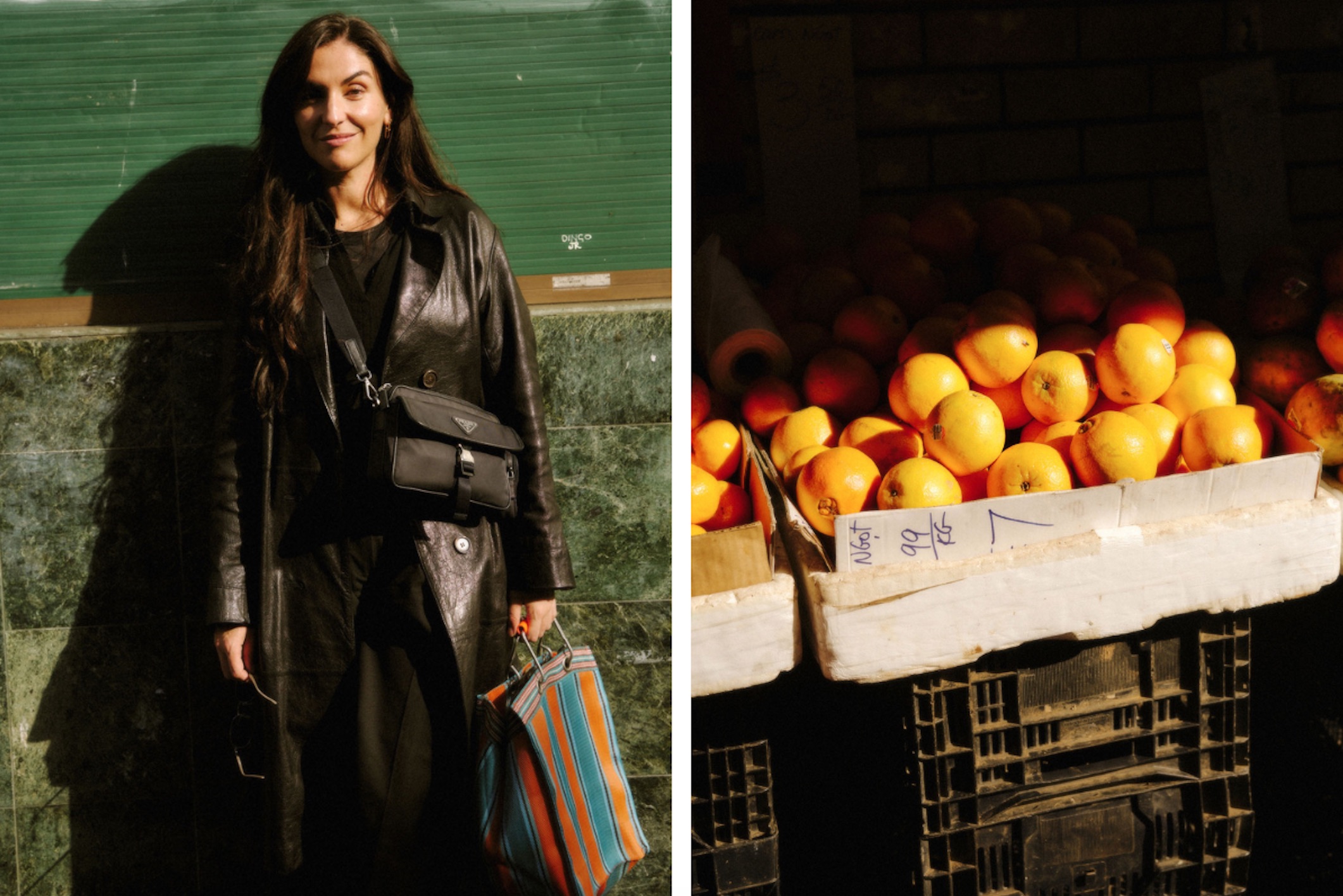Food and design are the bywords for chef, food stylist and recipe developer Sian Redgrave. From her Numeroventi chef residency in Firenze, to dreamy recipe development and table styling for high-fashion brands including Dinosaur Designs, Buly and Lucy Folk, Redgrave’s work dishes up big helpings of nostalgia and refinement.
Here, Redgrave sits down with T Australia to share how she captures a mood with cooking, how a jaffle can conjure memories, and perfecting pizza dough.

Photographs courtesy of Daniel Civetta.
How do you capture a mood or a feeling with food?
I’m hard pressed to remove myself emotionally from food; my cooking quite often bypasses logic and speaks directly to the senses. The way an artist conveys their feelings on a canvas is the same way I like to cook; comfort means warmth, romance is rich and full of sensuality, joy and celebration is light and colourful. It’s in the seasonality of the ingredients, the flavour combinations and the styling and presentation of dishes that I can capture a mood. When I’m cooking for my loved ones, I make the classics. At the moment, it’s chicken pie and experimenting with souffles. Dishes that feel like a warm hug. When I’m working the same principle applies. Clients and brands evoke a certain mood through their aesthetic and an emotive quality can then be emulated through the food.
How has art and design influenced your creative practice?
My background in design and love of art are the foundation of my practice. I was raised in a very artistic household with a great deal of emphasis on creative disciplines. I was never a very mathematical child, always gravitating towards artistic endeavors so I suppose the influence comes somewhat naturally. I can usually picture a dish or a tablescape in my head before I make it, thinking in colours, textures, shapes and patterns. Visual references always inform how I plate, style, and even develop a recipe. I’m drawn to imperfection, asymmetry, the kind of beauty that feels lived-in.
What is one ingredient or smell that triggers deep memories for you?
There’s something beautifully unpretentious and nostalgic about basil. The aroma on a hot summer’s day, picked straight from the garden is so intoxicating, fresh and uplifting. It’s the smell of my childhood. Swimming in the pool all afternoon, mum putting me in the bath and then serving up a bowl of pesto pasta (which I would insist had to be smothered in parmesan).

Photographs courtesy of Daniel Civetta.
Favourite dish to cook?
Anything with butter and garlic. So basically everything. If we are being specific though, tortellini in brodo. It’s a day long process which I love, settling in with music and some wine. Gently simmering the broth and rolling the tiny tortellini. It’s also a beautiful dish to cook with other people, all gathering around the dining table to fill the pasta. Dishes like this amuse me, a day to make and fifteen minutes to devour.
Can you describe an influential travel experience? How has this informed your creative practice with food?
When I was 24 I travelled alone to Europe for the first time. Before that it had always been with friends or family. I was so excited, yet so nervous. I landed in Rome early in the morning, dropping my bags at the hotel, showering and quickly setting out to walk around the city.
I walked past the Teatro dell’Opera di Roma, noticing that “La Traviata” was opening that evening, directed by Sophia Coppola with costumes designed by Valentino. I bought a ticket (which was far outside of my budget) and then went on to eat a maritozzo and a slice of pizza with artichokes.
That evening I went by myself to the opera, finding my seat in a box with five Roman locals. They were around my parents age, very warm and very welcoming. They took me to La Amatriciana for dinner after the performance where I ate bucatini with amatriciana sauce. Served off a silver trolley by the most charming waiter, washed down with what seemed like a never ending glass of wine.
I felt like I was in a Sophia Coppola film myself. That evening cemented my love of simple, unpretentious food.
One dish that takes you back to your childhood?
A jaffle. I swear anything sandwiched between two pieces of bread slathered with butter and covered in tasty cheese, cooked in my grandmother’s old jaffle iron tastes of perfection. They still taste as good as they did when I was five.
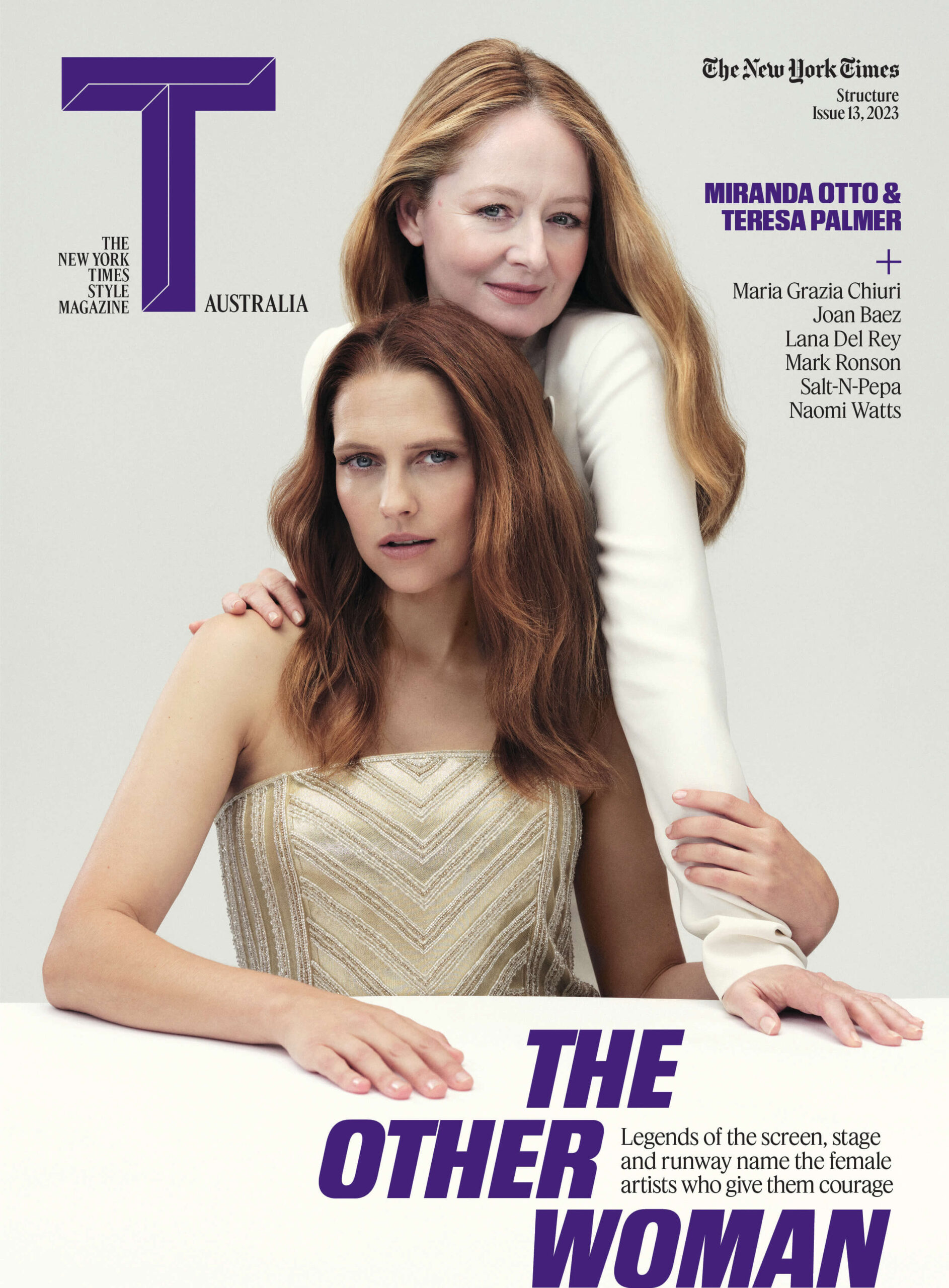
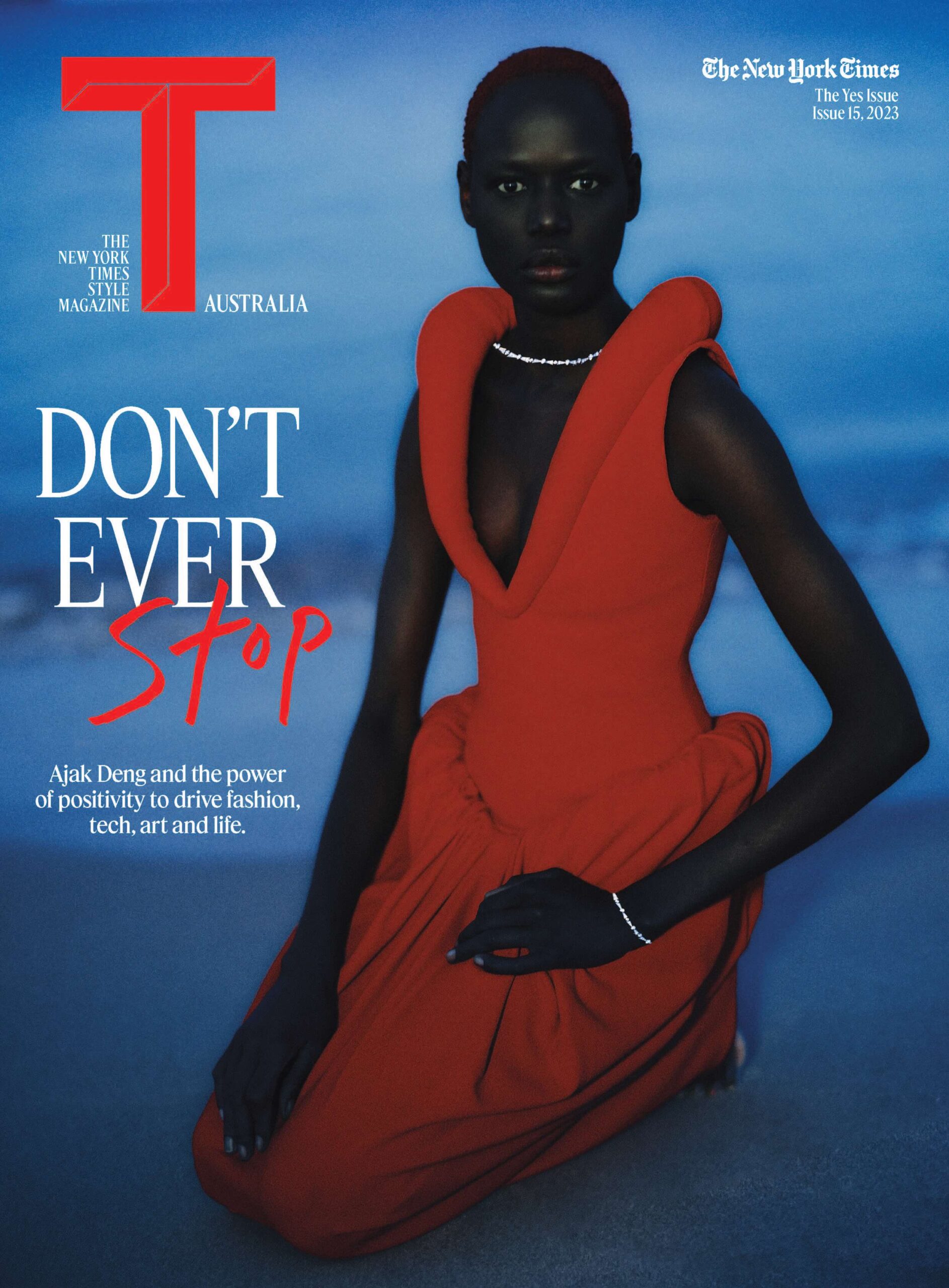
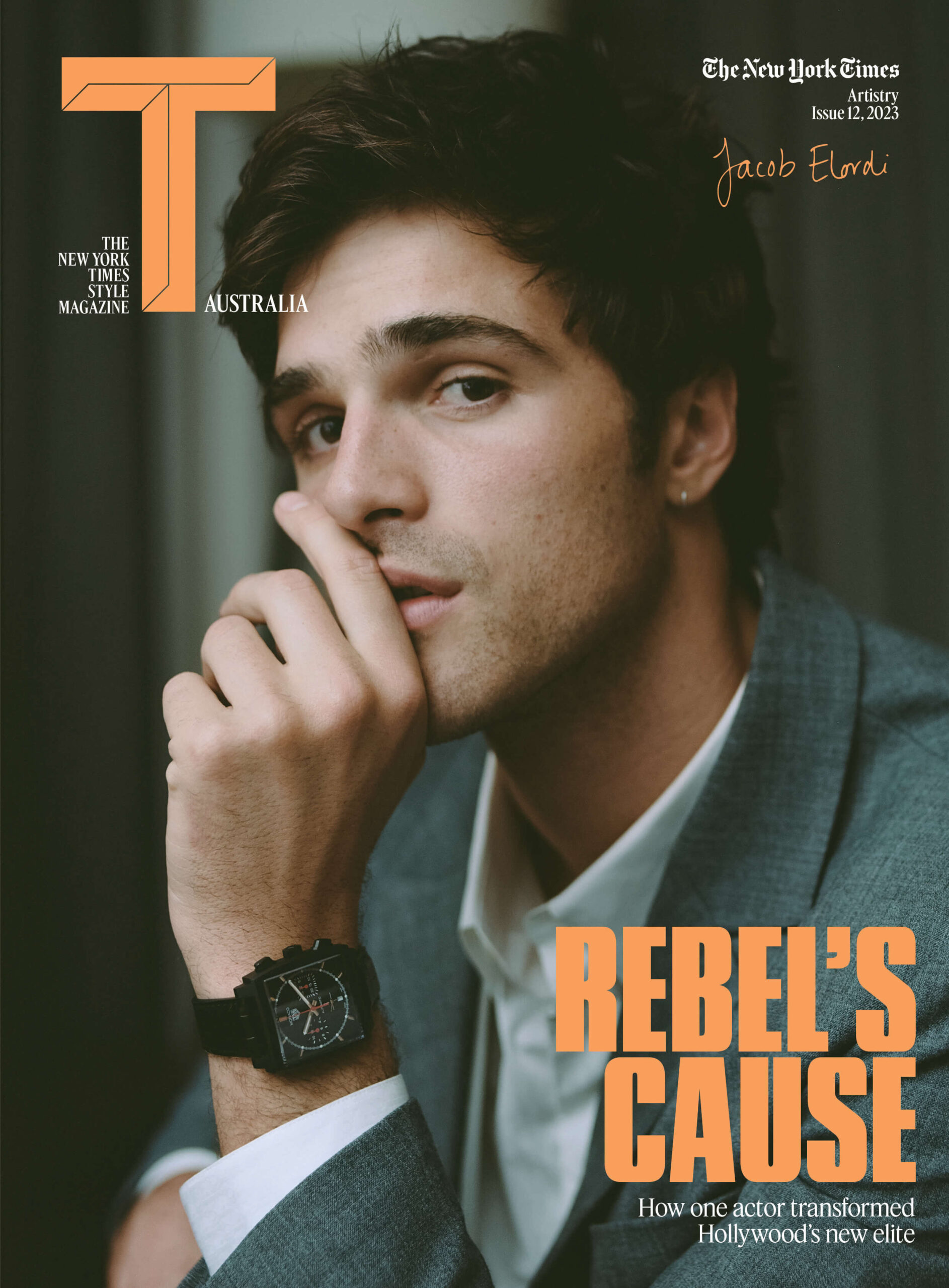
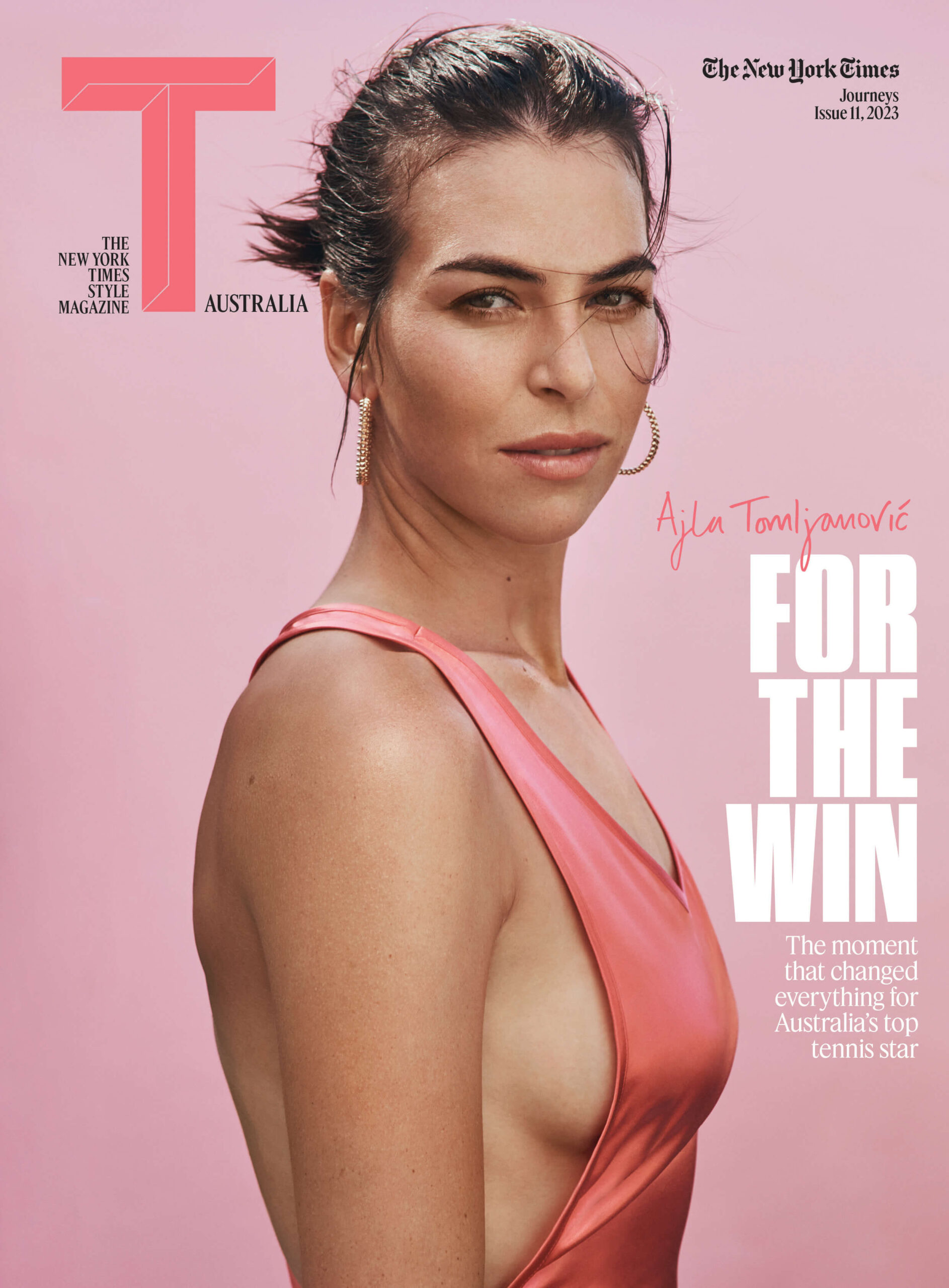
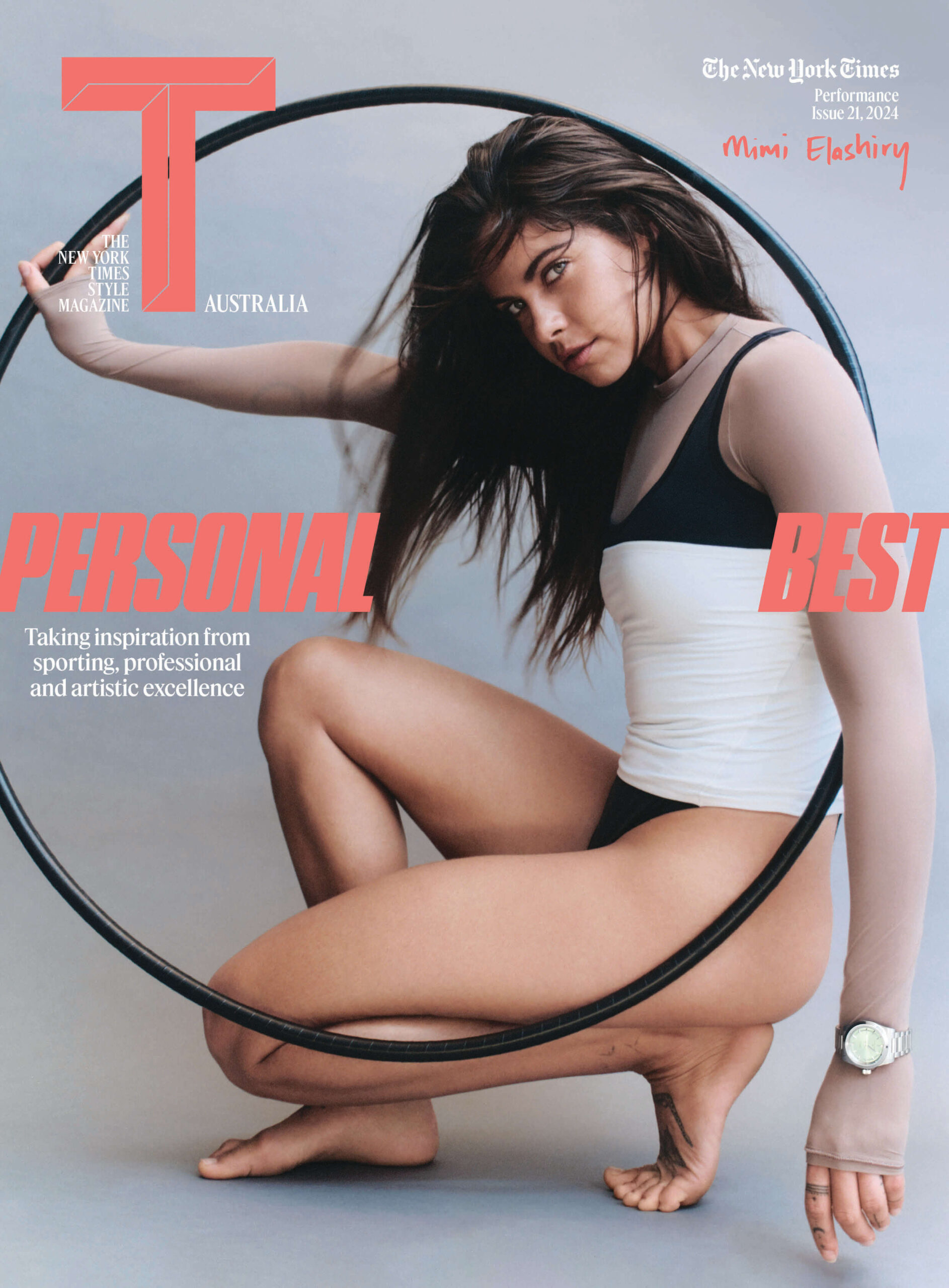
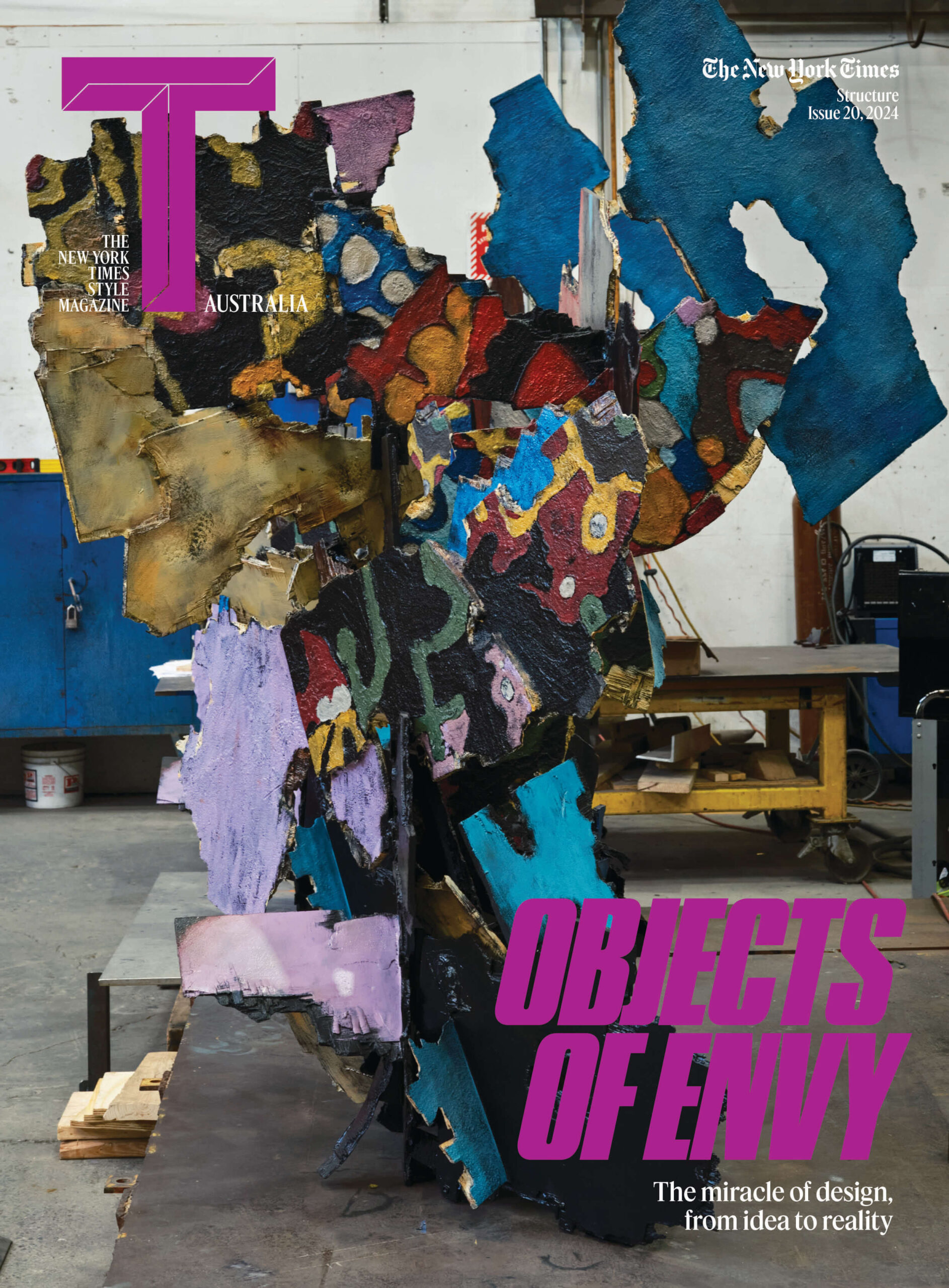
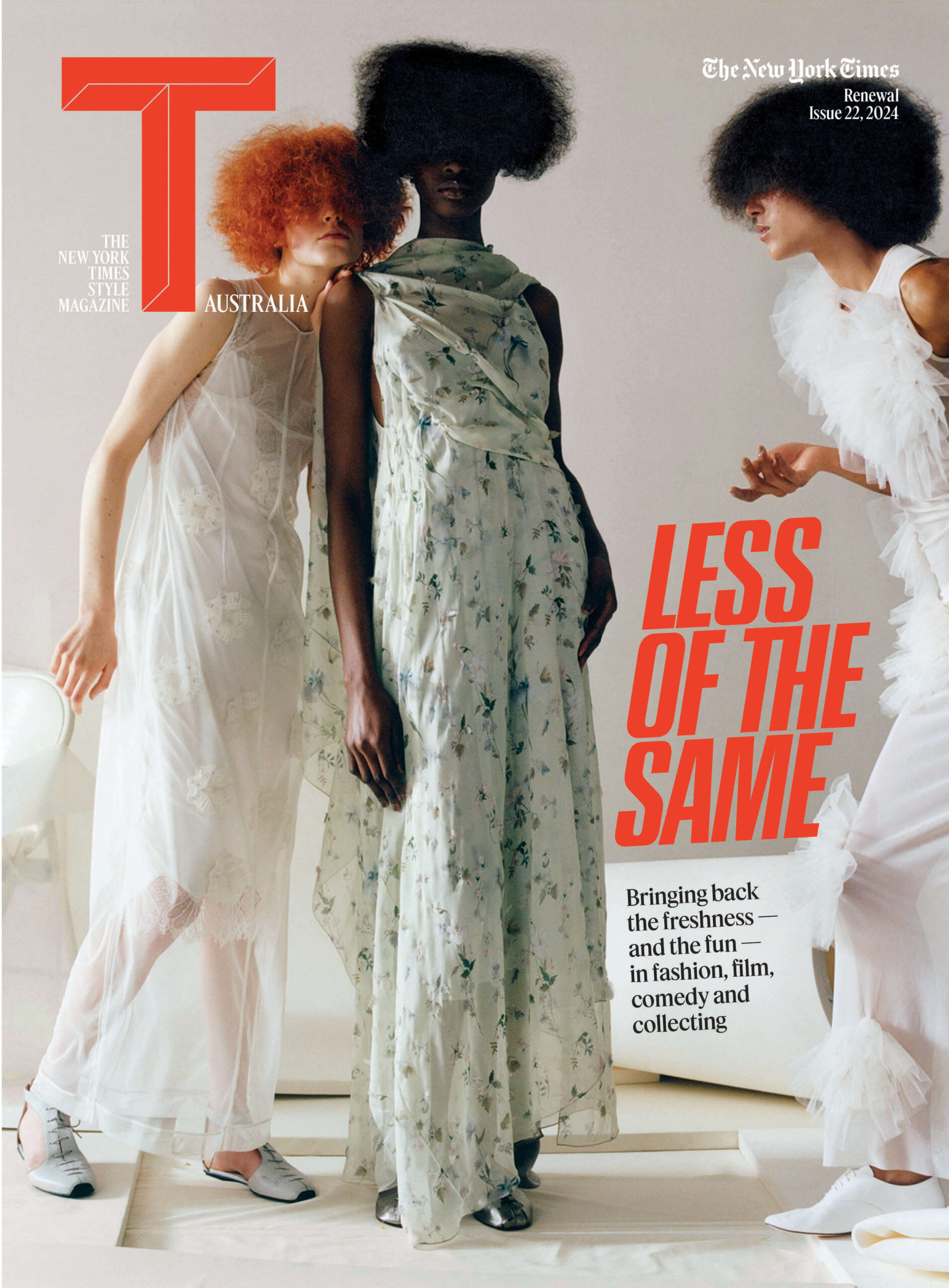
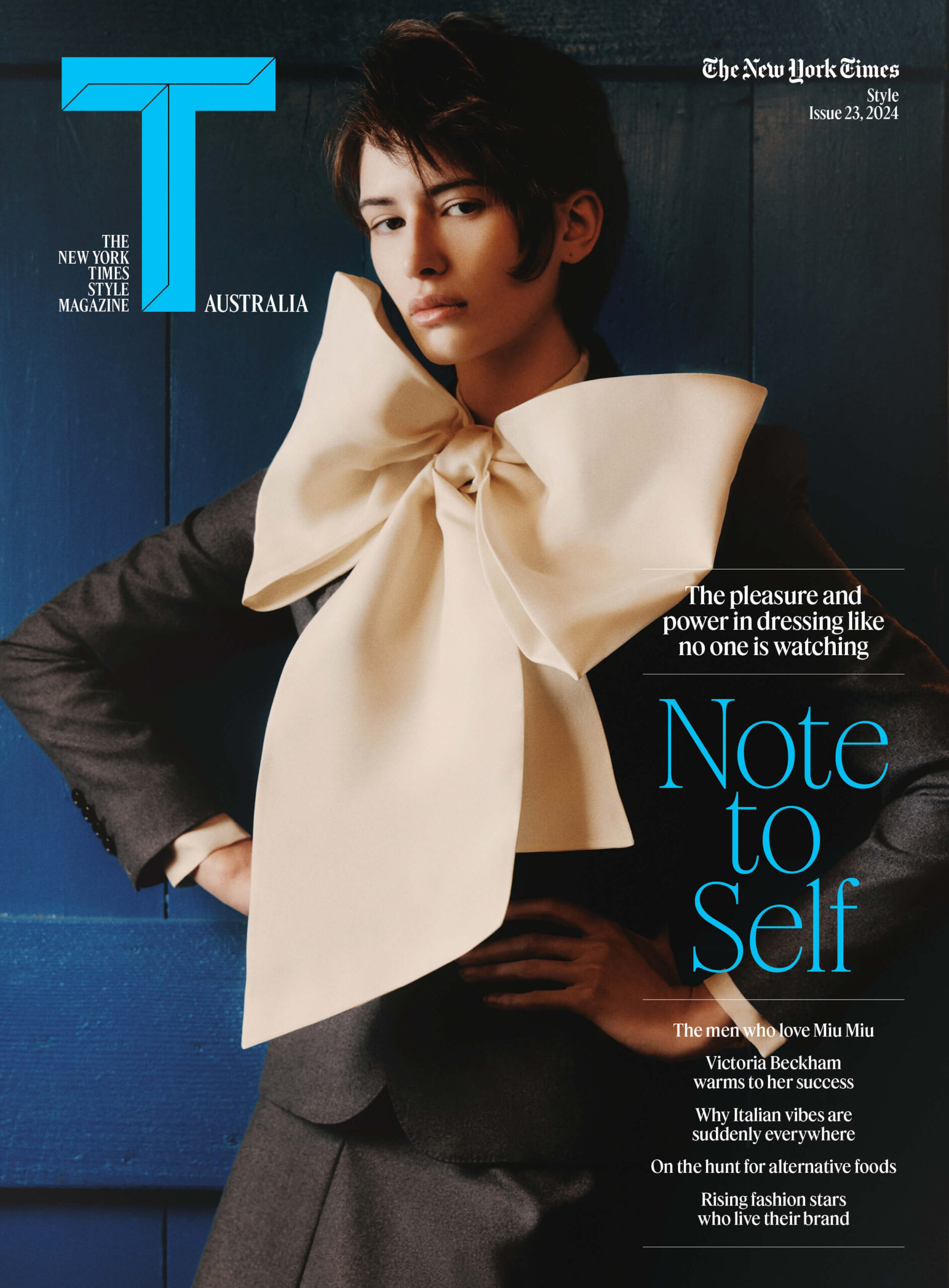
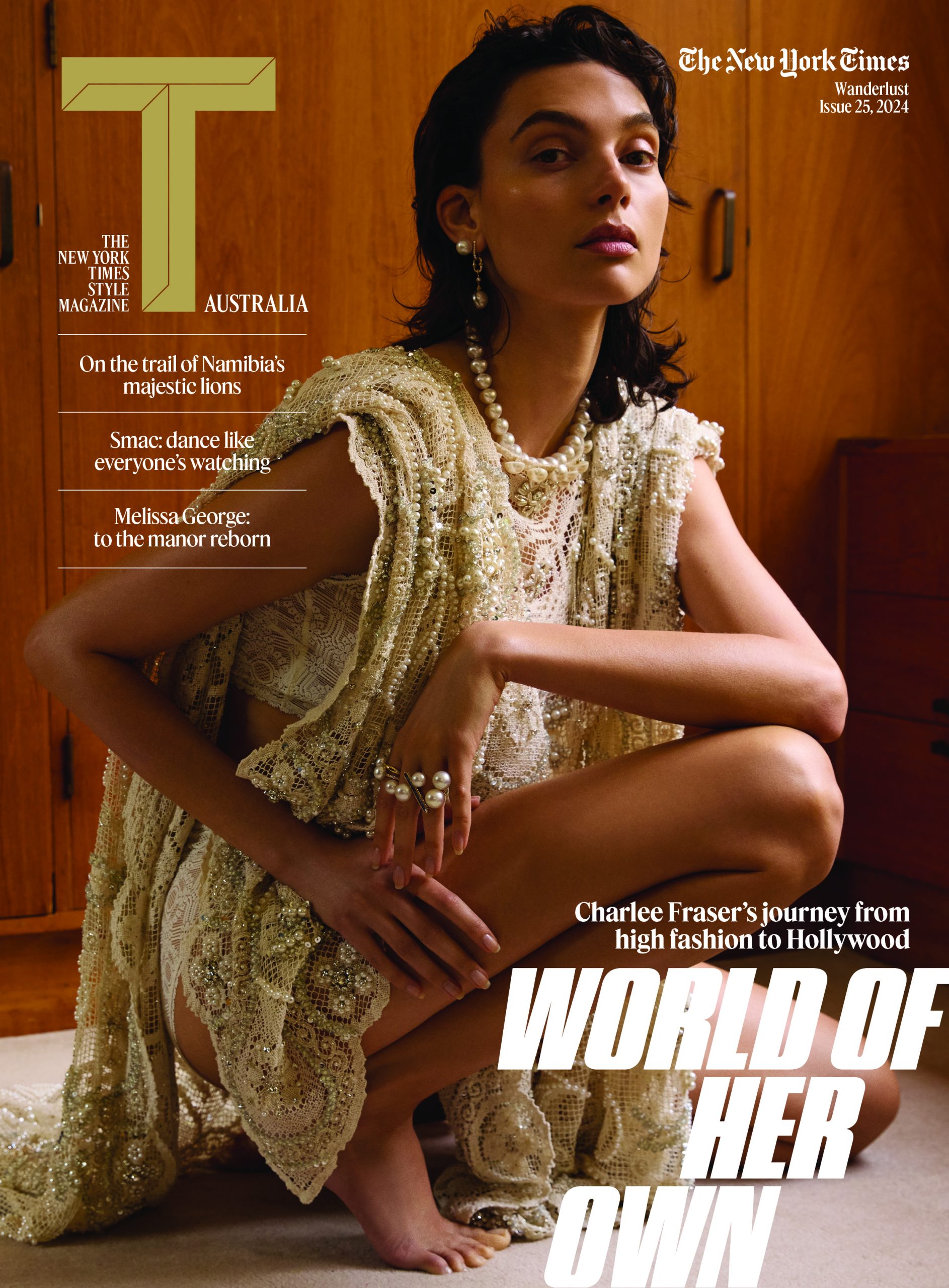
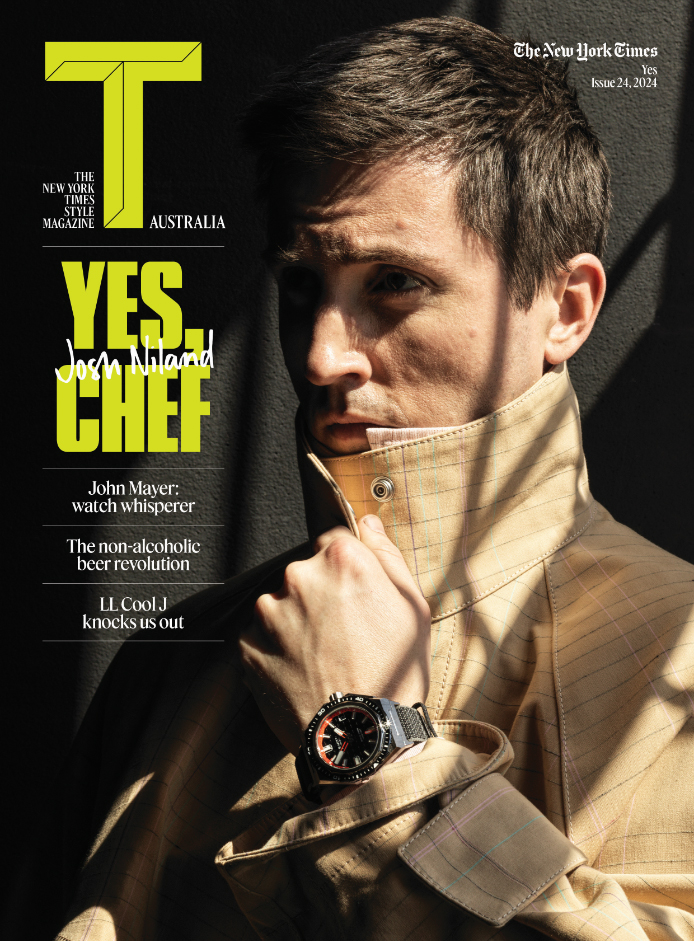
Subscribe
Want more T Australia? Subscribe to the magazine and receive a bonus issue
Talk us through your creative process when it comes to recipe development?
It usually starts with a visual cue or a memory rather than a strict idea. I might think of a certain light, mood or ingredient I want to capture and celebrate. Say, broad beans at the beginning of spring. I test, taste, and rework, I research. I love reading about the origins of recipes and how they have developed through time. There’s always a tension between instinct and structure. I’m learning to trust the first version more and more.
One dish you’re still perfecting?
Gosh, all of them. I try things, I create, and then I undo. It’s a constant conversation with the ingredients, the season, my own evolving taste. But perhaps a perfect pizza dough, unapologetically simple yet full of complexities, is still eluding me. And I love that. It keeps me curious. This is one of the most enticing things about cooking, there will always be more to learn.
How do you balance food and taste with design and aesthetics?
For me, they are never at odds—they’re in constant dialogue. The way a dish is presented should enhance how it is experienced, not detract from it. In my cooking, I’m drawn to classic dishes and love re-inventing them through contemporary aesthetics. There’s a push and shove here because there needs to be consistency between what you’re seeing and what you’re eating.
This interview has been edited and condensed for clarity.
